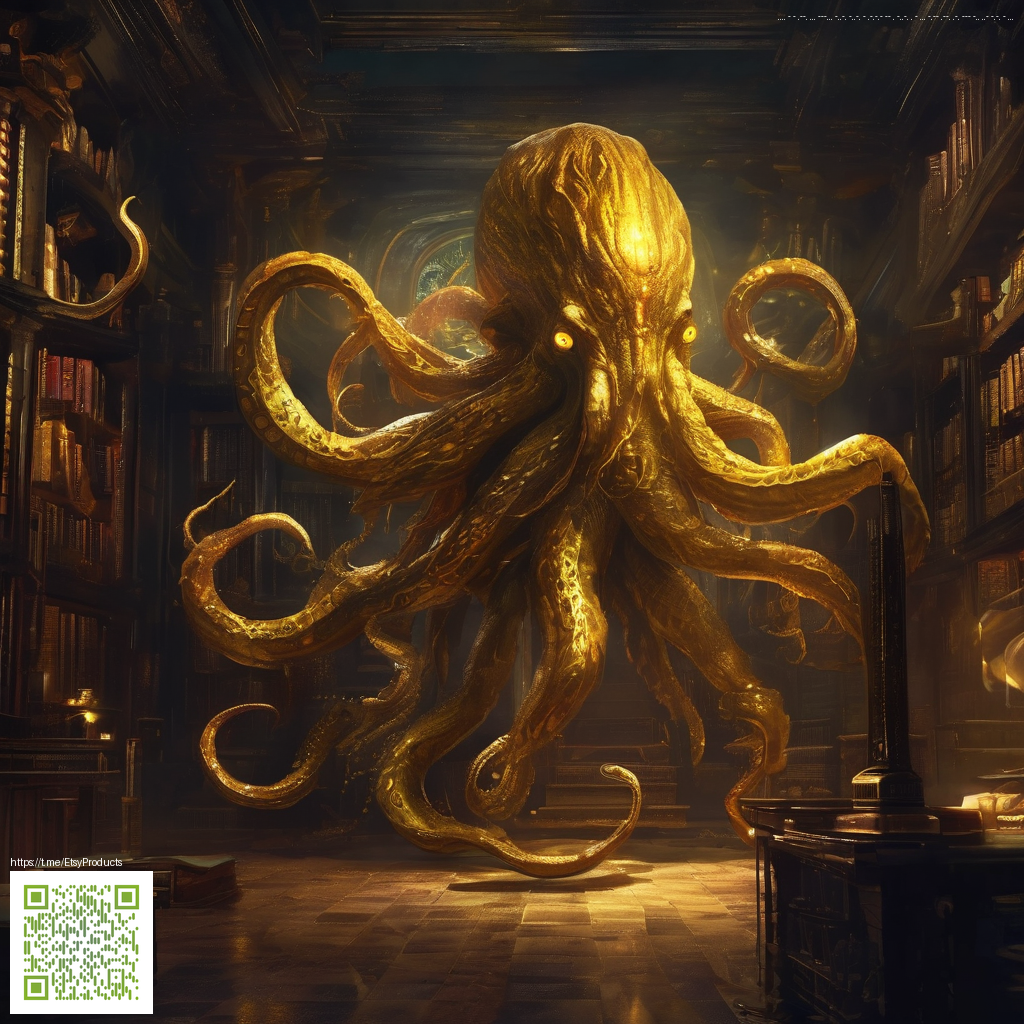
Techniques for Overlay Patterns That Stand Out
Overlay patterns can be the secret sauce that elevates a design from good to memorable. The trick is to guide the viewer’s eye through intentional layering, balancing bold elements with quiet spaces, and choosing textures that feel tactile rather than toy-like. When you combine thoughtful layering with smart color decisions, overlays don’t simply sit on top of a background—they interact with it, creating depth and rhythm that readers, gamers, and shoppers instantly respond to.
Foundations: Layering with Intent
Start with a solid base—perhaps a rich gradient or a muted pattern—and then add translucent shapes that drift across the surface. The goal is to create depth without clutter. Use a few key layers at varying opacities so each element can breathe. If you’re designing for a screen, test how these layers reposition when the viewport changes, ensuring the core message remains readable even as details drop in and out of focus. A well-planned layer hierarchy helps the eye travel smoothly from one focal point to the next, preventing a noisy, chaotic feel.
“Subtle changes in opacity and blending can transform flat graphics into something tactile and dynamic.”
Color Theory, Contrast, and Mood
Color is the driver of perception. Overlay patterns should use contrast to highlight important areas while still harmonizing with the underlying artwork. Consider these guiding ideas:
- Pair cool shadows with warm highlights to create perceived depth.
- Use complementary hues sparingly to avoid overwhelming the composition.
- Leverage value contrasts (light vs. dark) to guide attention toward the most important elements.
- Apply a consistent color temperature across overlays to maintain a cohesive mood.
In practical terms, this means choosing overlay tones that reinforce your message. For example, a vibrant neon cue can simulate energy and motion, while a translucent geometric lattice can add structure without overpowering the subject. When you test overlays against real-world accessories, you gain practical insight into color interaction and legibility. For instance, a tactile setup like the Non-slip Gaming Neon Mouse Pad demonstrates how texture and sheen influence readability and contrast in fast-paced environments.
Texture, Pattern, and Rhythm
Overlay patterns thrive on texture. A well-chosen texture can evoke materiality—glass, fabric, metal—or convey atmosphere, such as futuristic, retro, or organic vibes. Rhythm matters: recurring motifs at calculated intervals create a sense of movement, while sporadic bursts draw attention to critical details. When composing, think in terms of micro-patterns (tiny dots, crosshatching, or speckle) layered over macro shapes. This combination adds intricacy without sacrificing clarity. Remember to keep the density of your patterns subordinate to the primary message; overlays should enhance, not compete with, the focal content.
Practical workflow tips: build your layers in a sequence that mirrors perception—start with the broad shapes, add texture, then apply a final highlight layer to nudge certain areas forward. Always check how the overlay behaves at typical viewing distances, whether on large monitors or small mobile screens. The goal is to maintain legibility and visual impact across contexts.
Practical Applications and Quick Wins
Overlay patterns aren’t limited to digital interfaces. They can enhance print, packaging, and product photography by providing a unifying visual language. If you’re curating a set of brand assets, document your overlay framework: the base palette, the allowed opacity range, the blending modes you prefer, and the textures that consistently read well on diverse backgrounds. This documentation helps maintain consistency as your design system scales.
When you’re ready to experiment, start with a modest palette and a couple of overlay shapes. Use opacity and blend modes such as multiply or overlay to see how layers interact with the base. Then incrementally introduce a pattern or texture that aligns with your brand’s story. A small, iterative approach often yields the most cohesive results and reduces the risk of oversaturation.